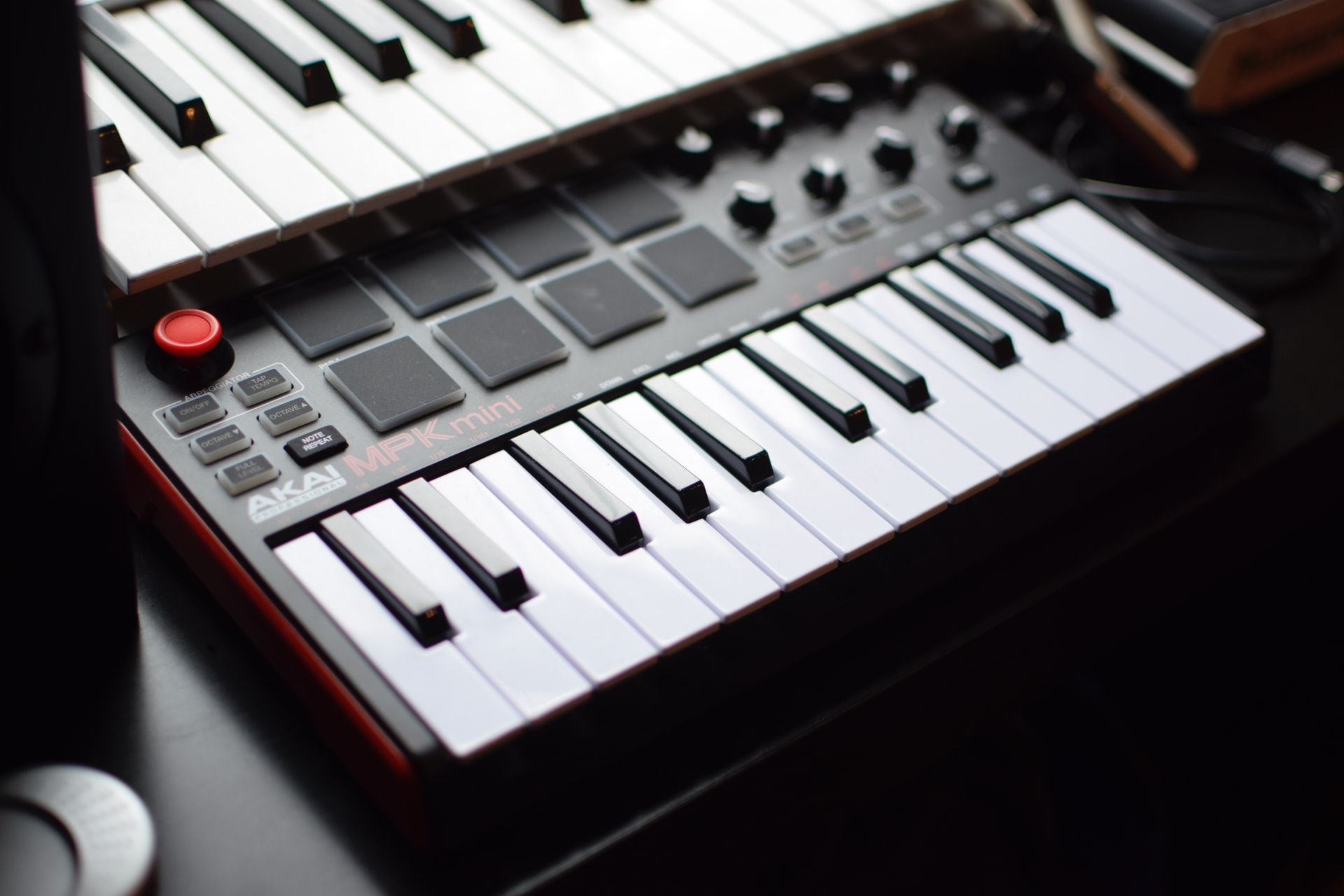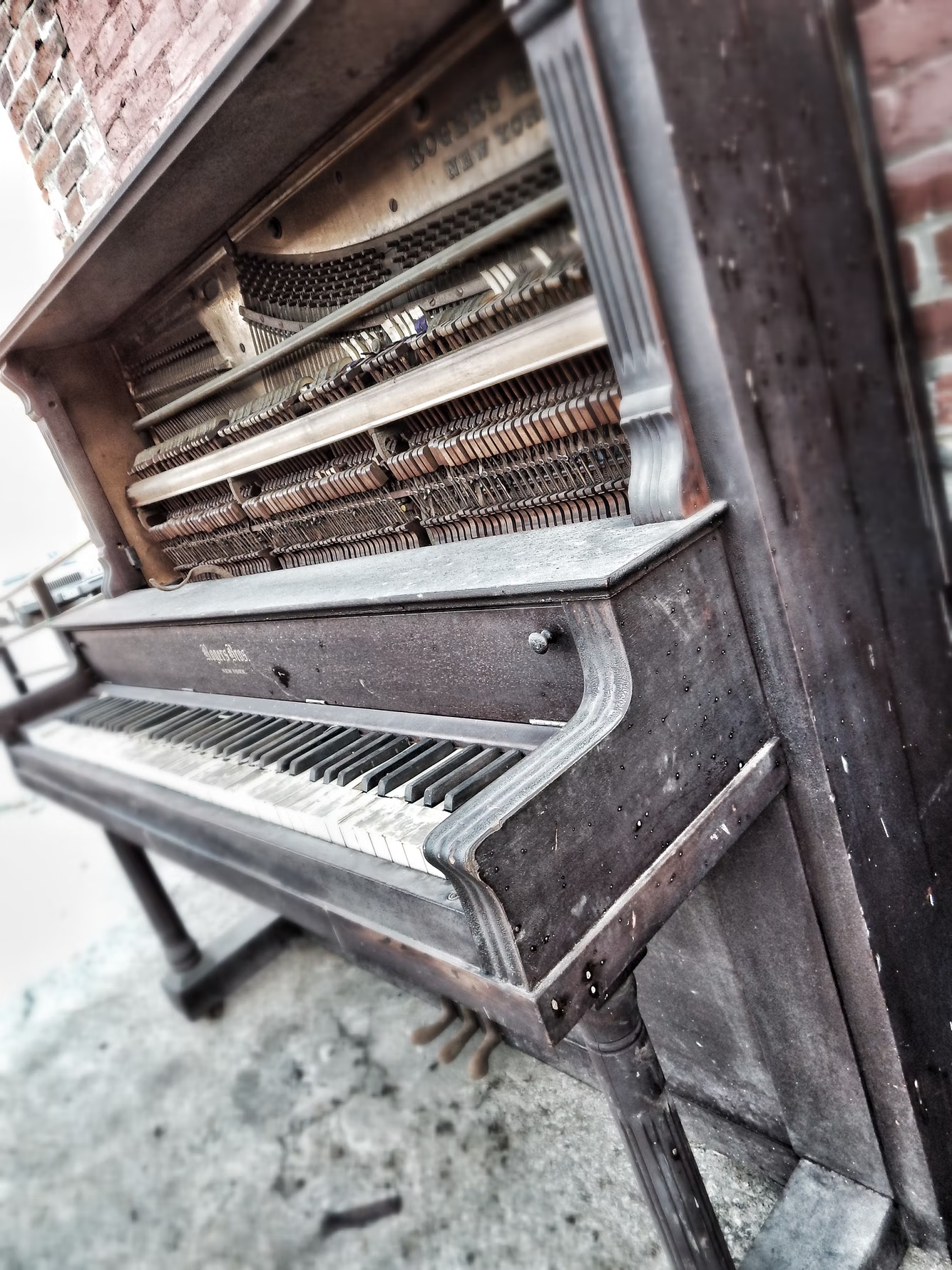Keyboard Instruments History- Birds can chirp sweetly, wolves can scream heartbreakingly, and frogs may croak in unison, but we humans have a variety of musical options.
We may intentionally select pitches, timbres, rhythms, and other sounds to experiment with. Humans are the only living creatures capable of creating music at will.
Furthermore, we are unsatisfied with our physical abilities, which include singing, humming, clicking our tongues, clapping our hands, and stamping our feet.
We also produce music with a variety of materials, including gut, hair, skin, wood, reeds, metal, glass, wind, water, and electricity.
There are too many to count. The usage of all of these varied materials resulted in and continues to result in an enormous flood of different sorts of musical instruments.
What Is A Keyboard Instrument
As the name implies, keyboard instruments are musical instruments that are played using a keyboard.
Depending on the design and inherent capabilities of the instrument, the keyboard can also be utilized to manipulate dynamics, phrasing, shading, articulation, and other components of expression under the fingers and/or feet of a sensitive performer.
Categories
Stringed Instruments
- Pianos
- Harpsichords
- Clavichords
Wind Instruments
- Organs
- Harmonia
- Regals
- Accordions
Acoustic Instruments
- Celestas
- Carillons
Non-Acoustic Instruments
- Electronic Organs
- Synthetizers
- Keyboards
Historical Evolution Of Keyboards Instruments
The term "piano" was generally spelled as "clavier" until far into the 18th century, the collective name for numerous keyboard instruments such as organ, clavichord, and harpsichord. In J.S. Bach's "Clavierübung," for example, this is evident. This work is divided into four sections.
The first section is made up of six partitas that may be performed on the clavichord and harpsichord.
The second section (the "Italian Concerto" and "Partita in B minor") has manual changes and is best played on a harpsichord with two keyboards.
The third section comprises primarily of organ chorale settings with and without pedal. The fourth part, "Goldberg Variations," is designed specifically for harpsichord with two manuals.
In 1783, C. Ph. E. Bach self-published "Clavier Sonaten and Freye Fantasien nebst einige Rondos fürs Fortepiano für Kenner & Liebhaber," a compilation of piano music. In this example, "clavier" refers to the clavichord. The fortepiano (piano) is previously mentioned individually.
Professional musicians originally utilized the harpsichord as a background instrument (continuo player), but it was also employed for solo literature.
The clavichord was formerly employed primarily as a study instrument. The clavichord did not have its own literature until the late 18th century, notably in Northern Germany.
The clavichord did not have its own literature until the late 18th century, notably in Northern Germany.
Harpsichords, spinets, virginals, and muselars may be purchased by wealthy families for their homes.
Some even had their own home organ. Around 1800, the upright piano abruptly replaced the harpsichord and clavichord, bringing with it a new set of users: the bourgeoisie.
Since around 1375, mechanically plucked psalteries have been known. The harpsichord, spinet, virginal, and muselar are examples of these instruments.
Mechanically struck psalteries, on the other hand, have been known from around 1710 (Bartolommeo Cristofori in Florence): the fortepiano.
The dulce melos, a 1440 effort by Arnout van Zwolle, received no successor. Cristofori's innovation was marketed as a "gravicembalo with pianoforte" (literally: harpsichord with soft and loud).
The sides of this instrument could be hammered with hammers to make them stronger or weaker.
An original instrument can still be found in the University of Leipzig's Museum of Musical Instruments.
The piano (piano) may be used to play a wide range of musical styles, including Viennese Classical, German Romantic, French Impressionist, Late Classical, Jazz, Pop, and so on.
For one or more pianists, one or more pianos, or piano and orchestra, the piano has a rich solo literature. In chamber music, the piano plays an essential part in duets, trios, and quartets.
The piano is sometimes mistaken for an orchestral instrument. In addition to accompanying vocalists, singers, and choirs, the piano is frequently utilized as a repetiteur in ballet.
Why Are So Popular In West?
The piano and other keyboard instruments have one thing in common: the entire Western tonal system is vividly apparent "before your eyes."
The tonal system is reachable. The overall range of the contemporary piano is 6 octaves. Such circumstances encourage improvisation and work on well-known piano works. Piano reductions and piano arrangements are developed for pieces originally composed for ensemble or orchestra.
This is why the piano is such an excellent instrument for harmonizing and composing.
Keyboard Instruments Of Historical Importance
Clavichord
The earliest and most rudimentary keyboard instrument is the clavichord.
A rectangular box with a keyboard on one long side and strings running horizontally across the box is usual. Simple levers with a fulcrum towards the middle make up the keys.
When you press down on one end of a key, it lifts the other end, where a little metal wedge (called a tangent) strikes a metal string.
The clavichord is a fairly quiet instrument even at its maximum volume, yet it allows the musician to modulate dynamics by touch within its narrow dynamic range.
Because the tangent keeps in touch with the string while speaking, slight fluctuations in the pitch of the notes can be added, making this a unique addition to the expressive palette. The clavichord is a keyboard instrument that is both quiet and expressive.
Harpsichord
The harpsichord family encompasses a wide range of instrument styles, kinds, and subtypes.
Despite this, they all employ the same method of tone generation and generate a distinct sound. The key is once again a basic lever that, when depressed, elevates a shim (known as a jack) at its far end.
Each jack is equipped with a tiny plectrum that plucks a string. Harpsichords generate a "plucked" sound envelope, as opposed to the more percussive "struck" nature of the clavichord and piano.
Large, wing-shaped instruments with one keyboard (sometimes two, and very rarely three) at the short end of the scale, as well as smaller wing-shaped harpsichords (known as spinets) and rectangular or pentagonal-shaped instruments, make up the harpsichord family (muselars or virginals).
Fortepiano
Fortepiano and Pianoforte (forte = loud, piano = gentle) are two words that were once used to characterize forerunners of the modern piano.
These words are now often used to distinguish historical pianos from current concert grand or spinet pianos.
The fortepiano resembled the harpsichord in sound and look considerably more than the contemporary piano when it was first constructed in the early years of the 18th century.
The fortepiano, on the other hand, used a new and altogether distinct type of action, with leather and/or felt hammers striking the strings.
The fortepianos that Mozart loved needed to be stronger to withstand the kind of playing and writing that Beethoven demanded, and the science of piano making and the art of piano music continued to push each other forward until the late nineteenth century, when the modern, metal-framed grand piano arrived.
Organ
The organ, the most sophisticated and difficult keyboard instrument, generates musical tones by forcing pressured air through pipes of various sizes and forms.
The pipes, which are constructed of metal or wood, are organized into sets or ranks that generate certain musical tones.
Stops control which ranks will speak at any given time, while the keyboard, of course, dictates which pitches will be heard.
People Ask
Who Invented Keyboard Musical Instrument?
Italy's Bartolomeo Cristofori (1655-1731) created the piano. Cristofori was dissatisfied with the lack of control players had over the harpsichord's volume level.
In the year 1700, he is credited for replacing the plucking mechanism with a hammer to create the modern piano.
What Was The First Keyboard Instrument Ever?
"The hydraulis was the world's earliest keyboard instrument and, in fact, the contemporary church organ's forerunner."
What Is A Keyboard Instrument Called?
The piano, organ, and different electronic keyboards, including as synthesizers and digital pianos, are the most frequent.
Conclusion
Piano is the main instrument for musicians amateurs and professionals need to start with that instrument.
What do you think about the historyand popularity of this instrument? Had you ever play piano or other keyboard instruments? Did you know any fact about evolution in musical keyboards instrument in history? Leave a comment and share with us.


